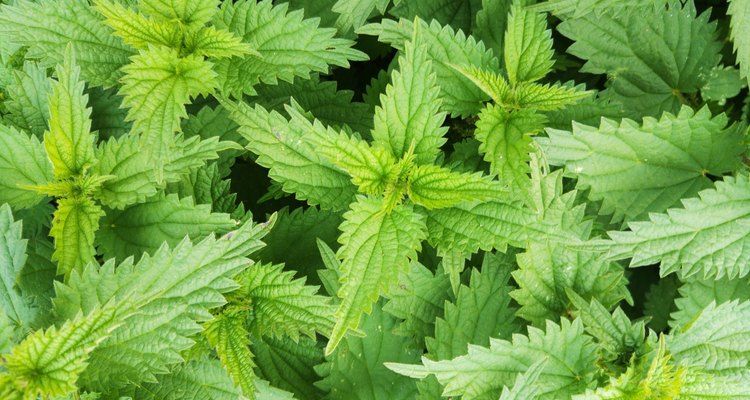
DenzilMann/iStock/Getty Images
The salmonberry may not sound like the most delicious food in the world, but it's one of many wild edible plants and berries in Oregon. Whether you're hoping to pluck blackberries or whether you plan to tackle the stinging nettle, make sure harvesting is permitted and attain a permit if necessary before you forage. The Oregon State University Extension Service recommends checking with your local Forest Service, Bureau of Land Management or State Department of Forestry office before harvesting.
Berries
According to the Oregon State University Extension Service, a few small native trees commonly found in Oregon gardens produce edible fruit. These trees include the black elderberry and the serviceberry. The black elderberry fruit is used in jelly, wine and syrup, while the serviceberry is similar to a blueberry and produces abundant white flowers in early spring. Some native shrubs, such as the evergreen huckleberry and the salmonberry, produce berries and are encouraged to grow in Oregon gardens. The ripe berries of the salmonberry range from bright orange to deep red. Blackberries, raspberries, dewberries, strawberries and blueberries also grow wild in Oregon.
Ferns
In the forest meadows of the Pacific Northwest, including Oregon, fiddleheads are a plentiful food source, according to Sarah Farnsworth at the University of Oregon. Named for their resemblance to the head of a fiddle, these edible young fern fronds rise up from the adult plant each spring. Different types of ferns are referred to as fiddleheads, but the two edible varieties found in the Pacific Northwest are the bracken fern and the lady fern. In certain areas of the state, permits are required to harvest fiddleheads.
Trees
It may seem unpalatable, but the inner bark of some trees is edible. In Oregon, these trees include the cottonwood, Douglas fir and hemlock. The cambium, or inner bark, of these trees served as emergency food supplies in spring for Native Americans in Oregon.
Weeds
Edible weeds such as dandelions, nettles, cattails, chicory and sorrel all grow in Oregon. The early Colonists introduced the edible weeds lamb's quarter, curly dock and dandelion to the East Coast; they spread across the country and now grow wild in Oregon. Other wild edible weeds in Oregon are miner's lettuce, which is sometimes served in upscale restaurants or as a health food, and wild onion. Wear gloves while harvesting stinging nettles and cook them until they are completed wilted to avoid the irritating sting, suggest Bobbi Gustafson and Corrina Marote of the Washington State University Extension Program.
Related Articles
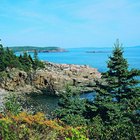
Maine Wild Edible Plants
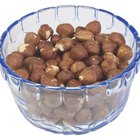
What Kinds of Nuts Don't Grow on Trees?

How to Freeze Ramps & Wild Leeks

Are Buckeyes & Chestnuts the Same?

How to Make Collard Greens With Smoked ...

How to Freeze Cut Okra
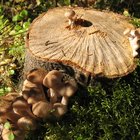
Mushrooms Found in Northern Michigan

How to Blanch Kale for Freezing

What Flowers Are in Season in November?

How to Julienne Jicama

Wild Yam for Hair Growth

Benefits of Lotus Stem

Can You Eat the Green Stem of a ...

Places to Pick Wild Blueberries in ...

A List of Foods Containing Microbes
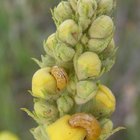
What Foods Attract Maggots?

Does Bird Seed go Bad?
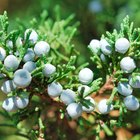
Are Juniper Berries the Same As Capers?
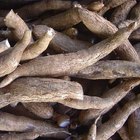
How to Cook Yucca Root

The Nutritional Value of Banana Leaves
References
Writer Bio
Jen Morel has worked in the newspaper industry since 2007. An experienced backpacker, she is a contributor to "AMC Outdoors" and other hiking/environmental magazines. She holds a Bachelor of Arts in cognitive science and philosophy.
Photo Credits
DenzilMann/iStock/Getty Images